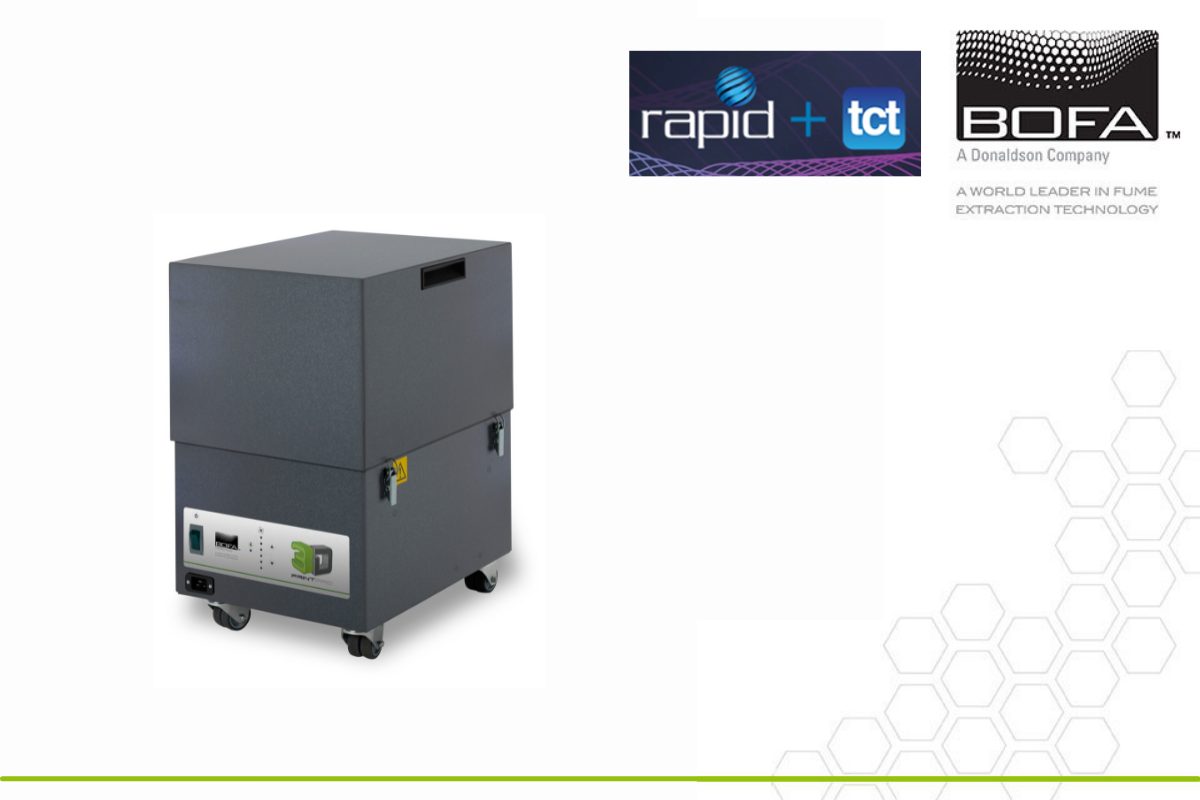
BOFA International has recently enhanced value for the 3D printing and additive manufacturing sector, by redesigning and improving its 3D PrintPRO 4 technology. The redesigned unit offers wider filtration airflow ranges and expanded filtration capacity.
The company will be showcasing the new technology at the RAPID + TCT 2022 event taking place in Detroit between 17th & 19th May. Representatives from BOFA will be available at Booth #4022.
Updates to the 3D PrintPRO 4
The enhanced 3D PrintPRO 4 is suitable for larger additive manufacturing processes, including fused filament fabrication, stereolithography, digital light processing and material jetting.
The upgraded unit has advanced multi-stage gas filtration, with a deeper carbon bed to filter a greater volume of fume. This extends filter life and facilitates safer, odourless printing for longer. Complemented by a larger HEPA filter, which enables multiple 3D printers to be hooked up to a single BOFA unit. This optimises investment in filtration technology, to support atmosphere management and help prevent the build-up of particulate residue.
Airflow rates of 175 cu ft/min in the upgraded technology are double that of the original 3D PrintPRO 4. Therefore enabling the unit to cater for a greater range of industrial 3D printers, including large format printers.
Operating pressures in BOFA’s new 3D PrintPRO 4 have been tripled to 96mBar, allowing the unit to overcome greater system resistance. Ensuring effective performance in complex installations and multiple printer architectures. The redesigned technology has been tested to UKCA and CE as well as UL and cUL standards.
Katrina Clemens, General Manager, BOFA Americas, Inc said: “The 3D printing market is evolving at a rapid pace and the enhancements to our 3D PrintPRO range match the industry trend towards faster printing capability and larger build chambers.
“Our filtration system options for this market are improving all the time, underlining our leading position in meeting the needs of companies investing in the benefits of industrial additive manufacturing processes.”

